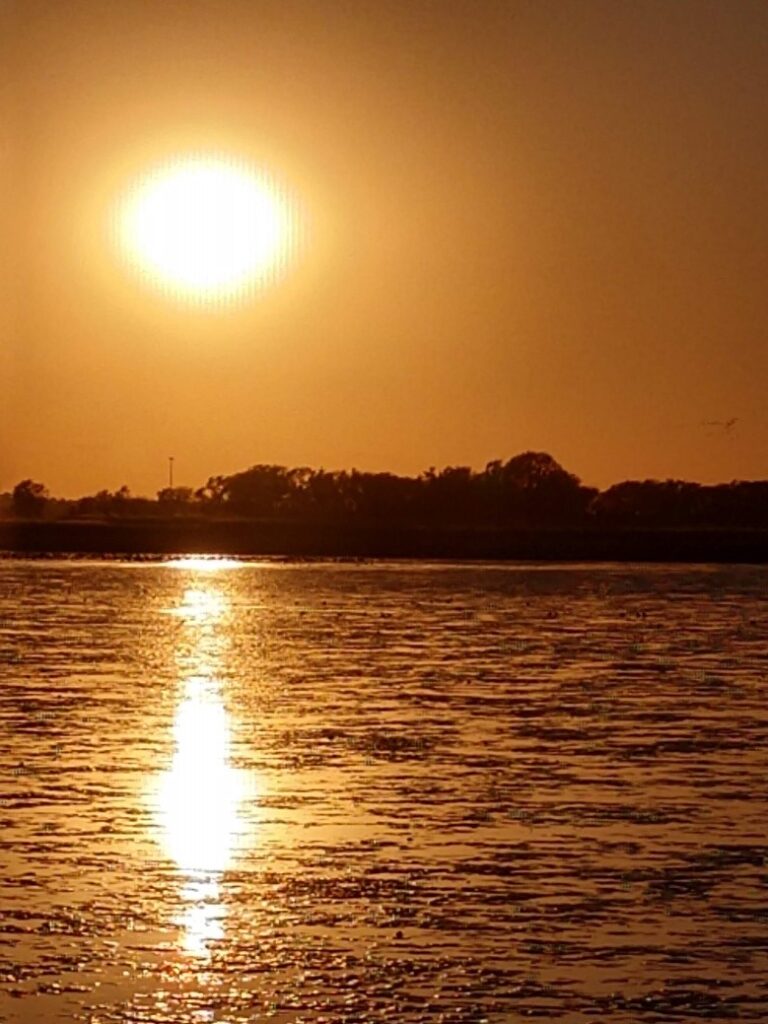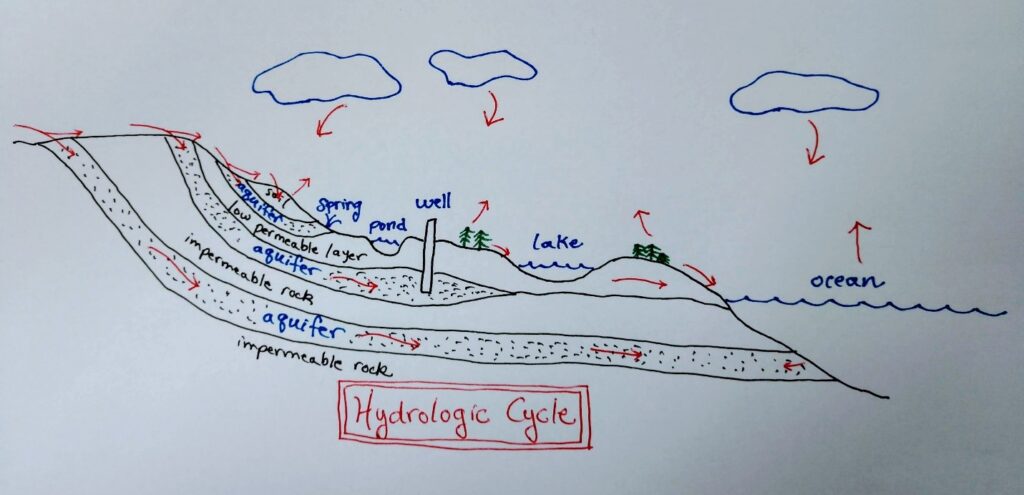
When you see a picture of the earth, you see that a majority of it is blue. Three-quarters of the surface of the earth, in fact, is covered in water. That’s 118,500,000 square miles covered with the stuff.
If there is so much of it on earth, why has the U.S. Environmental Protection Agency been freaking out for decades about water? The government developed the Clean Water Act, and allowed states to establish and enforce regulations enforcing the quality of water. Neighboring states argue about water rights, and who has the right to what amounts at what times. Why all the fuss?
Well (ha!), of the estimated 327 million cubic miles of water, 97.22% of it is in the oceans—which means it is salt water, and not usable as is for growth; and 2.15% is fresh but frozen in glaciers and icebergs. That leaves only 0.03% left to circulate through what we call the “hydrologic cycle” and on which every growing thing depends. This fresh water cycles through snow and rain, rivers, lakes, ponds, underground, in the soil, and evaporated as water vapor in the air.

Although we have 981,000 cubic miles of water in the whole hydrologic cycle at any one time on the entire earth, the water in the air as vapor or awaiting precipitation (say, 25% of the hydrologic cycle) isn’t immediately available for living things to utilize. That leaves us water in rivers, lakes and ponds (surface water), and water in the soil and under the ground (groundwater).
So, with the surface and groundwater, we have 735,750 cubic miles of fresh water for every single living thing here on the whole earth to utilize. How much of this water that is available to us can we see? For every lake or mile of river on the surface of the earth, there is a volume of water 25 times that underground. This groundwater is stored in aquifers, or reservoirs of rocks containing pores and holes that the water flows through.
Okay, so I’ve thrown a whole mess of numbers at you. What’s the bottom line? Of all the blue that you see on a photo of planet earth, a small drop of that is available for us to share with the plants and the birds and the bears and the bees. That means we have to take care of what we have. If chemicals or contaminants leak into one part of the hydrologic cycle, it can infiltrate the whole thing. And although the earth does tend to heal itself, there is only so much it can do. Certain chemical compounds don’t disappear. We have to be responsible caretakers of this planet.
So be kind—not only to each other, but to Mother Nature as well. If you take care of her, she will keep on taking care of you.
Reference: Soils in Our Environment: Seventh Edition by Raymond W. Miller & Roy L. Donahue. 1995. Prentice-Hall, Inc., Englewood Cliffs, NJ.
